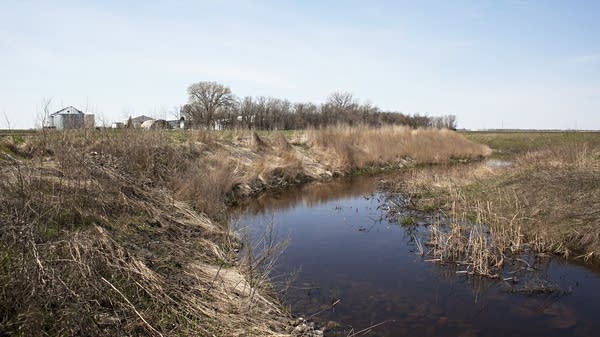Seeing problems on the horizon, counties seek delay in buffer law

This unnamed channel of Whiskey Creek cuts across a farm near Rothsay, Minn. Sections of the channel have been widened and rebuilt to provide a better buffer between adjacent farmland and the water.
Ann Arbor Miller | MPR News file
Go Deeper.
Create an account or log in to save stories.
Like this?
Thanks for liking this story! We have added it to a list of your favorite stories.


